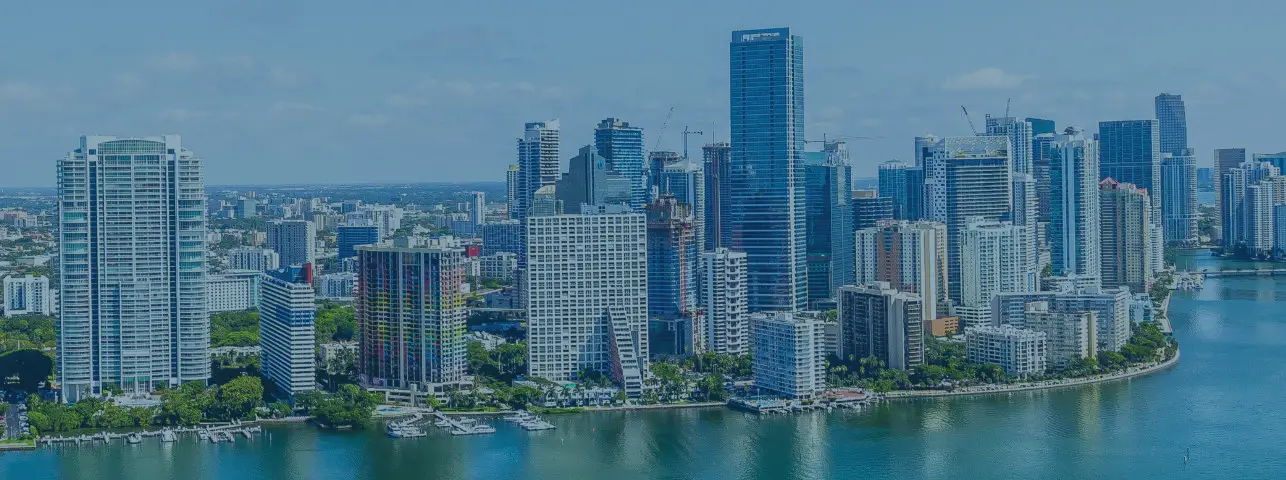Pipeline transport is the means by which the oil and gas industry gets their crude product from the drilling site to the refinery. Once the crude reaches the refinery, it can then be made into a variety of different petrochemical products such as oil, fuel and biofuels. Gas pipelines arrived on the scene in the late 19th century. Since that time, they have been largely considered as the most economical way to transport crude product. These pipelines can either run above the ground or below the ground, depending on what type of land the pipeline must pass through. For example, pipelines that run through residential areas will likely be situated under the ground and out of the way.
The major alternatives to transporting gas by pipeline are freight trucks and trains, but these methods are much more costly, and do not allow for as much product to be transported at one time. Oil that is drilled at offshore sites is typically transported by way of oil tanker ships, rather than underwater pipelines, although underwater pipelines exist. In 2008, the United States economy took a nosedive into what is now being called “The Great Recession.” When our nation’s financial troubles began, the market for oil and gas pipeline construction rose. Why? Simply put, oil can be translated into profits and jobs.

























